

Uh oh...
It appears that you're using a severely outdated version of Safari on Windows. Many features won't work correctly, and functionality can't be guaranteed. Please try viewing this website in Edge, Mozilla, Chrome, or another modern browser. Sorry for any inconvenience this may have caused!
Read More about this safari issue.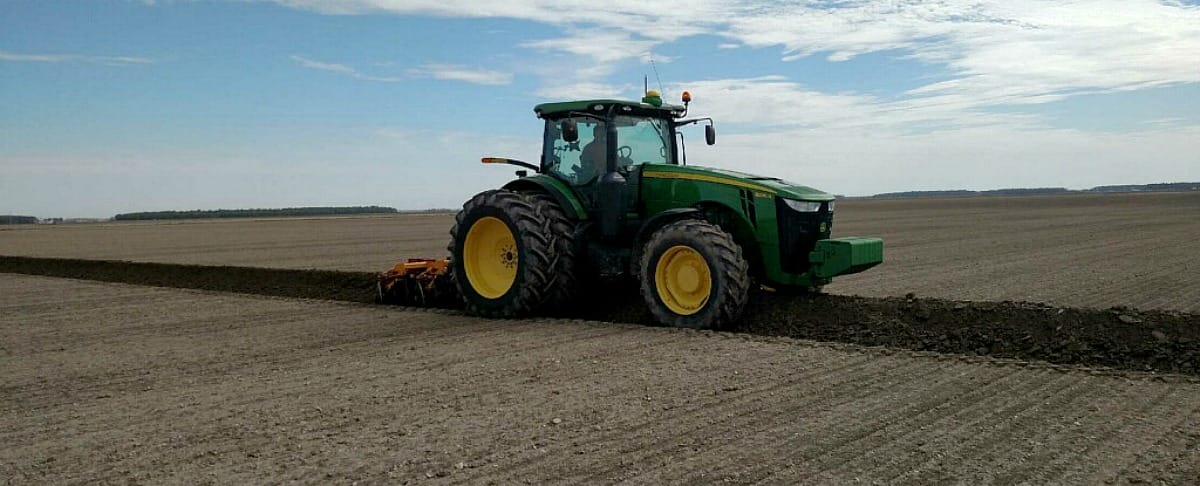

Spring planting is in full swing all across Arkansas, and it’s no wonder. Agriculture accounts for almost one-quarter of the economic activity in Arkansas ($16 billion annually). According to Arkansas Farm Bureau, one out of every six jobs in Arkansas is related to agriculture. Any farmer will tell you—spring is the most wonderful time of the year. Right up until harvest, that is. Of course, there would be no harvest without spring planting.
The importance of Arkansas’s role in our nation’s economic activity can’t be over emphasized. Check out these statistics from the United States Department of Agriculture (USDA). Even for a farm girl raised in the Delta, these numbers impress me.
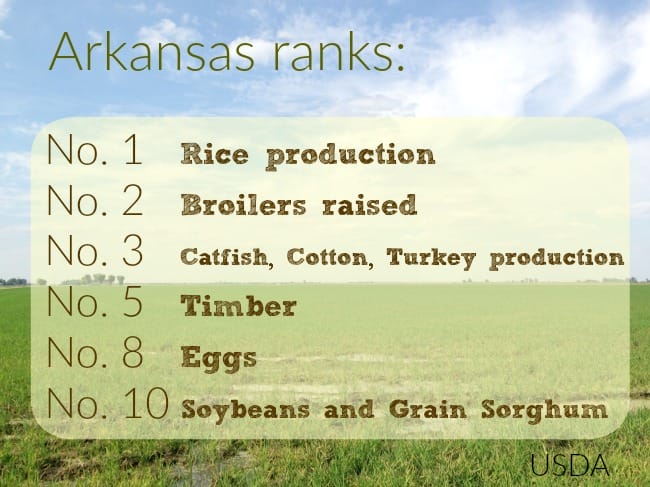
Farming has changed significantly since my sister and I did summer rain dances in the front yard or listened to Daddy grumble at the supper table about the price of cotton. In the United States during the past 25 years, the amount of land used in farming has declined, yet output has increased. This increase is due to new technologies, use of manufactured products such as fertilizer, and efficiencies gained as farm production has become more specialized (USDA).
Of course, some things about farming will never change including the inherent traits of the farmer—his love of the land, capacity for hard work every day, and ability to make tough decisions. The worry over fluctuating markets and weather never changes either. And spring weather in Arkansas? We all know it can be extreme.
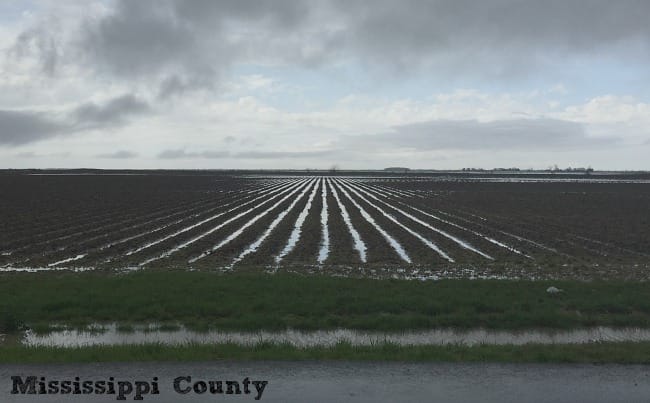
Scott Matthews, a second-generation farmer in Poinsett County said, “No matter how hard I work, weather determines whether I look smart or not. Extreme weather events have increased since I was a kid. Years ago, areas that flooded once or twice in the winter now flood five or six times a year in summer.”
The Center for Climate and Energy Solutions attributes these extreme weather patterns to rising global temperatures, increases in the amount of water vapor in the atmosphere, and changes in atmospheric circulation. Whatever the reason, there’s one thing for sure—farming means adapting to change.
“To be a farmer, you have to be a blind optimist. No matter what I’m doing today, I know I won’t be doing those same things in eight to 10 years. I have eight to 10 chances to get it right before I have to revamp my whole process. That’s how fast technology and information changes,” Matthews said.
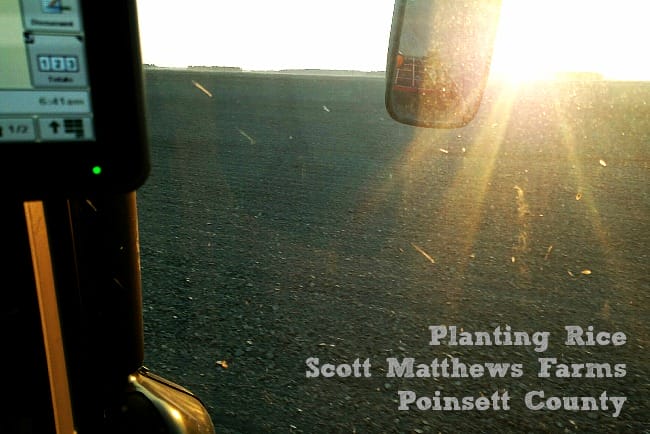
According to Ron Holthouse of Holthouse Farms (Mississippi County), in addition to technology advances, one of the greatest changes in farming over the past 20 years is cost. “In the early 1980s when I began farming with my dad, we might spend $5,000 a day on seed. Now we easily plant $100,000 in rice seed in one day.” The huge increase is primarily due to the amount of research and development involved in perfecting seed varieties. According to Holthouse, in the early 1980s, a 50-pound bag of cottonseed, which covered 5 acres, was priced at $42/bag. Today, it costs $500 – $600 to plant the same 5 acres in cotton.

Spring planting is also a busy time in Arkansas for commercial and greenhouse producers who grow fruit, vegetables and ornamentals. The Arkansas Agriculture Department’s Arkansas Grown website was established to match consumers to local growers as well as to provide information on agritourism, farmer’s markets, pick your own farms, and more. The Arkansas Grown site currently includes a list of 358 local farmers scattered across the state growing everything from apples to zucchini.
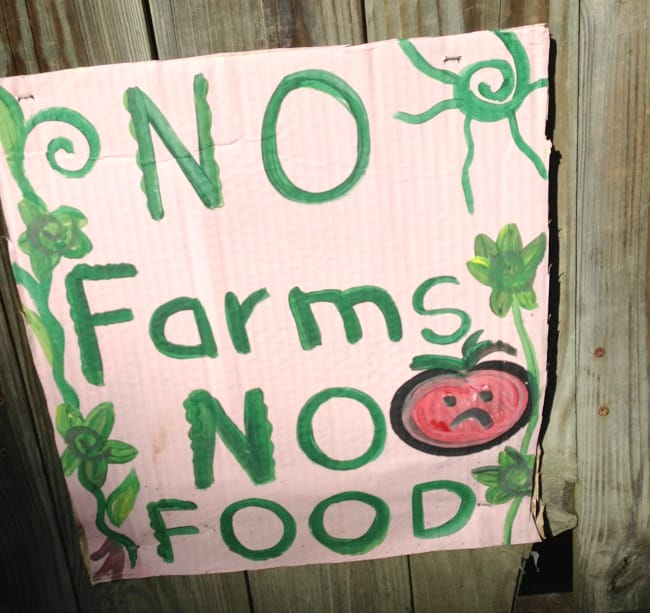
Chuck McCool’s farm in Yell County has been in his family over 165 years. Originally a beef farm, for the past 35 years, McCool has been growing a variety of vegetables and cultivating a pumpkin patch in the fall. Four years ago, McCool Farms began selling local produce to the Yell County School District, one of the largest consolidated school districts in Arkansas. The USDA’s Farm to School Program was established in 2010 as a way to bring local produce into area schools. According to McCool, this initiative has been a win-win for everyone. Overall, the community is healthier, children and parents learn about nutrition and farming, and revenue stays within the local area. With sales to schools, McCool Farms has not only seen an increase in fall and winter revenue, but his spring and summer customer base has grown as well. Families have become more interested in eating locally fresh grown produce year around. Click HERE to learn more about the Farm to School Network.
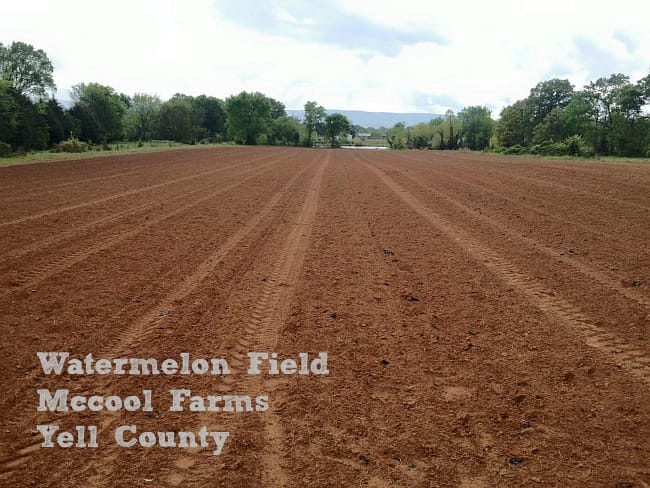
Last but definitely not least, spring planting is a busy time for the family gardener as well. After a winter spent nursing indoor plants and poring over seed catalogs, spring is one of my favorite times of year. The highlight of my morning involves seeing what’s changed in the garden since the afternoon before. A surprise always waits.
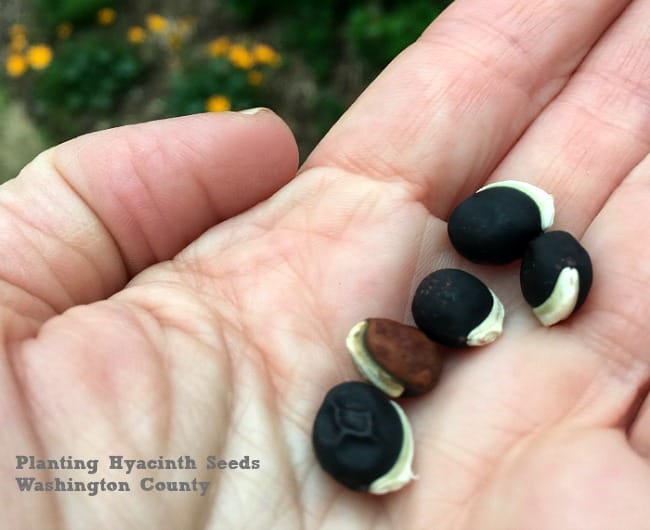
Happy Planting!
We do the work.
You check your email.
Sign up for our weekly e-news.
Get stories sent straight to your inbox!





Like this story? Read more from Talya Tate Boerner
Do you set resolutions in January? For me, the beginning of a new year...
I always equate dragonflies to carefree summer days. My sister and I...
This spring, as you plan your Arkansas garden, why not plan for...
Join the Conversation
Leave a Comment